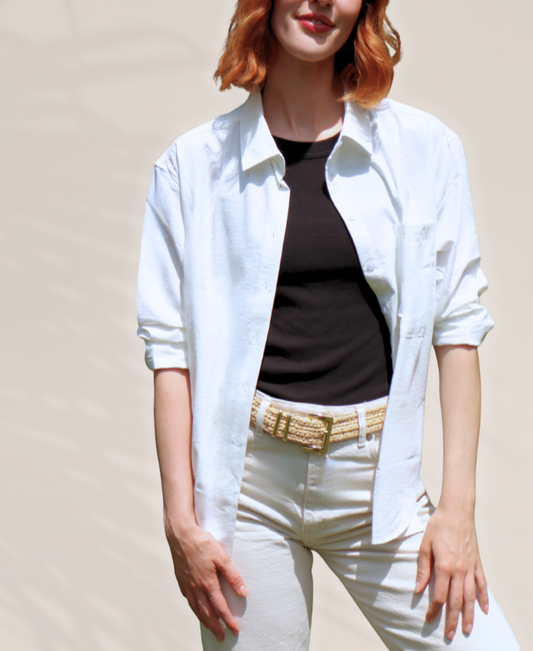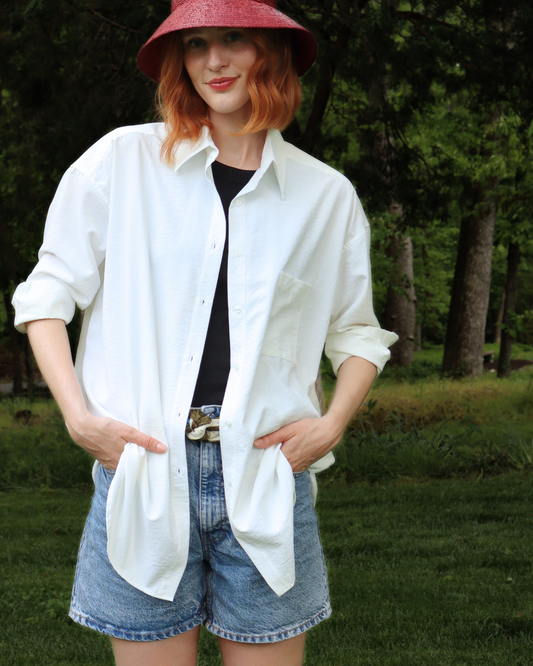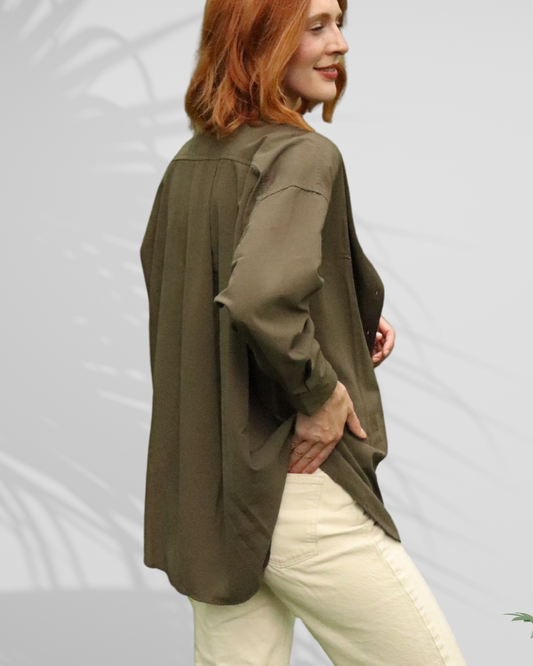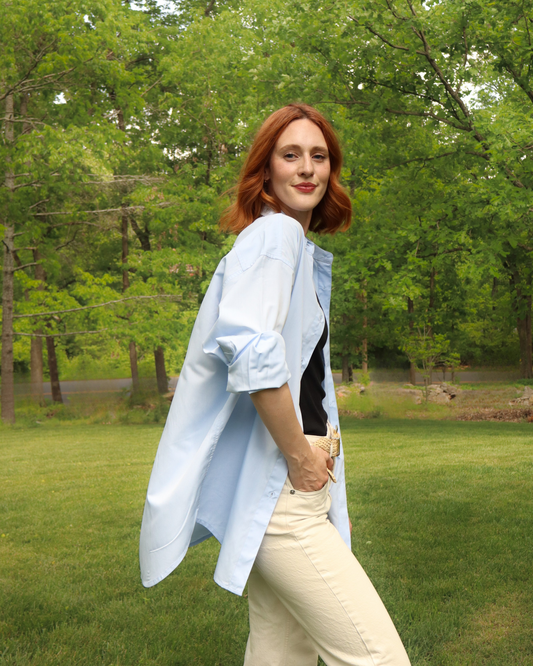Sunlight provides warmth and energy, but its ultraviolet (UV) radiation can cause serious harm to our skin.
A little intro to UV rays: UV rays are divided into two main types, UVA and UVB. Each type penetrates the skin differently and contributes to premature aging, sunburn, and even skin cancer.
Understanding how these rays affect your skin is crucial to protecting it effectively.
UVA Rays: Silent skin agers
UVA rays make up about 95% of the UV radiation that reaches the Earth's surface. These long-wave rays (320–400 nm) penetrate deep into the skin, reaching the dermis—the layer responsible for elasticity and collagen production. Unlike UVB rays, UVA does not cause immediate sunburn, making its damage less noticeable in the short term. However, prolonged exposure leads to:
- Premature Aging: UVA rays break down collagen and elastin, causing wrinkles and sagging skin.
- Hyperpigmentation: Increased melanin production leads to sunspots and uneven skin tone.
- Skin Cancer Risk: UVA rays contribute to DNA mutations that can lead to melanoma, the deadliest form of skin cancer.
Because UVA rays penetrate glass, they can damage the skin even indoors or on cloudy days.
UVB Rays: Official sunburn culprit
UVB rays (290–320 nm) have shorter wavelengths and primarily affect the outer layer of the skin (epidermis). These rays are responsible for sunburns and play a direct role in DNA damage, leading to:
- Painful Sunburns: UVB exposure causes redness, swelling, and skin peeling.
- Skin Cancer Development: UVB rays directly damage DNA, increasing the risk of basal and squamous cell carcinoma.
- Vitamin D Production: While UVB rays help the body produce vitamin D, excessive exposure to UVB rays leads to harmful effects.
Unlike UVA, UVB rays do not penetrate glass but are stronger at high altitudes and during midday hours.
Protecting your skin from the damage
Both UVA and UVB rays contribute to skin damage, which is why dermatologists recommend broad-spectrum sun protection. UPF-rated clothing, sunscreen (SPF 30+), and seeking shade during peak sun hours help minimize long-term skin harm.
Understanding the science behind UV rays empowers you to make informed choices to protect your skin every day.
References
- Narayanan, D. L., Saladi, R. N., & Fox, J. L. (2010). Ultraviolet radiation and skin cancer. International Journal of Dermatology, 49(9), 978–986.
- Wang, S. Q., Balagula, Y., & Osterwalder, U. (2010). Photoprotection: A review of the current and future technologies. Dermatologic Therapy, 23(1), 31–47.
- The Skin Cancer Foundation. (n.d.). UVA & UVB: What’s the Difference? Retrieved from skincancer.org



